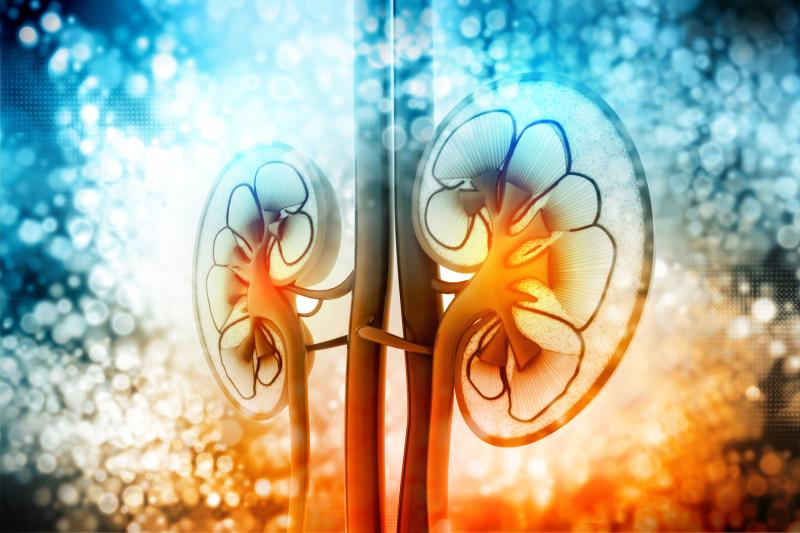
Dapagliflozin is able to delay renal disease progression among patients with type 2 diabetes, even in those with normal kidney function, according to a study presented at the recently concluded Kidney Week 2019 of the American Society of Nephrology (ASN 2019).
“Dapagliflozin compared to placebo reduced the rate of estimated glomerular filtration rate (eGFR) deterioration amongst patients with type 2 diabetes and either multiple risk factors or established atherosclerotic cardiovascular disease,” said researchers.
Accessing the DECLARE-TIMI 58 trial, researchers assessed the eGFR slopes in 17,160 type 2 diabetes patients who were randomly assigned to either dapagliflozin or placebo. Participants were followed up for a median of 4.2 years.
Participants in the placebo arm saw a statistically significant mean annual decline in eGFR of 2.44±0.02 mL/min/1.73 m2 (p<0.0001). The corresponding yearly change in those treated with dapagliflozin was –1.78±0.02 mL/min/1.73 m2 (p<0.0001), indicating that the decline in eGFR occurred at a significantly greater rate in the placebo arm (difference, 0.66±0.03; p<0.0001). [ASN 2019, abstract TH-PO1205]
Subsequent analyses according to different categories of eGFR further confirmed these findings. In those with eGFR ≥90 mL/min/1.73 m2, for example, measurements declined by 2.58±0.03 and 1.99±0.03 mL/min/1.73 m2 per year in the placebo- and dapagliflozin-treated groups, respectively. The resulting mean difference in eGFR slopes was statistically significant.
Similar results were found for those with eGFR 60 to <90 (mean yearly difference, 0.75±0.05; p<0.0001) and <60 (mean yearly difference, 0.86±0.16; p<0.0001) mL/min/1.73m2.
Disaggregating according to the urinary albumin-to-creatinine ratio (UACR) likewise did not meaningfully change in the principal findings. Annual drops in eGFR were all significantly delayed by dapagliflozin in participants with UACR <30 (mean difference, 0.55±0.04; p<0.0001), ≥30–≤300 (mean difference, 0.76±0.08; p<0.0001) and >300 (mean difference, 1.90±0.18; p<0.0001) mg/g relative to placebo.
Medication could not explain the significant beneficial effects of dapagliflozin on eGFR change over time. For instance, patients with (mean yearly difference, 0.70±0.04; p<0.0001) or without (mean yearly change, 0.55±0.08; p<0.0001) baseline use of ACEi/ARBs* both experienced significant delay in eGFR deterioration after dapagliflozin treatment.
Patients who were (mean yearly difference, 0.64±0.06; p<0.0001) and were not (mean yearly difference, 0.69±0.04; p<0.0001) on diuretic medication likewise derived significant benefit from dapagliflozin.
Moreover, “the risk of reduction in eGFR by 30 percent, 40 percent and 50 percent was reduced by the use of dapagliflozin,” the researchers noted.
Taken together, the findings of the present analysis showed that “dapagliflozin slowed the progression of renal disease across subgroups of patients with type 2 diabetes, even in patients with normal kidney function and in patients with normoalbuminuria, highlighting its potential for primary prevention of chronic kidney disease,” they added.
*Angiotensin converting enzyme inhibitors/angiotensin-receptor blockers